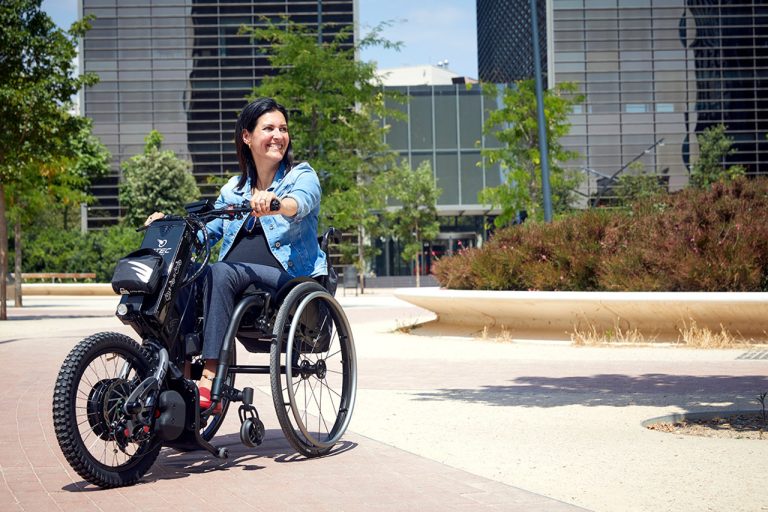Understanding the Invisible Injury
In the realm of sports and physical activities, concussions stand as an invisible menace, often overlooked and misunderstood. This article aims to shed light on the critical aspects of recognizing and managing concussions, ensuring a comprehensive understanding of this silent threat.
1. What is a Concussion?
A concussion is a mild traumatic brain injury resulting from a blow or jolt to the head, causing the brain to move within the skull. Unlike other injuries, concussions may not always manifest with visible signs, making them challenging to detect.
2. Signs and Symptoms
Recognition begins with understanding the signs and symptoms. These may include headaches, dizziness, nausea, sensitivity to light and noise, difficulty concentrating, and even mood swings. Recognizing these subtle indicators is crucial for prompt intervention.
3. Immediate Response
When a concussion is suspected, an immediate response is paramount. Remove the individual from play or activity to prevent further injury. Rest is key during the initial stages, both physically and cognitively.
4. Seeking Professional Assessment
Consulting a healthcare professional for a thorough evaluation is crucial. They may conduct neurological examinations, cognitive tests, and imaging studies to assess the severity and potential complications.
5. Gradual Return to Activity
Recovery requires a gradual return to normal activities. Rushing the process can exacerbate symptoms and prolong recovery. Both physical and cognitive rest during this period is crucial.
6. The Role of Rest and Rehabilitation
Rest does not merely involve physical inactivity; it extends to limiting cognitive exertion, including screen time and mentally demanding tasks. Rehabilitation, under professional guidance, can aid in a smooth recovery.
7. Importance of Education
Educating athletes, coaches, parents, and the community at large is vital in preventing and managing concussions. Awareness campaigns can dispel myths and encourage a proactive approach to head injuries.
8. Protective Measures
Prevention is the best strategy. Ensuring the use of proper safety equipment, teaching and practicing safe playing techniques, and enforcing rules that prioritize player safety are fundamental in minimizing the risk of concussions.
9. Changing Culture Around Concussions
A cultural shift is necessary to destigmatize concussions. Encouraging open communication, removing the stigma associated with reporting injuries, and emphasizing the long-term consequences of neglecting concussions can contribute to a safer sporting environment.
10. Long-term Monitoring
Even after apparent recovery, individuals should be monitored for lingering symptoms or potential long-term effects. Regular check-ups can identify any issues that may arise post-concussion.
In conclusion, recognizing and managing concussions demands a multidimensional approach. By understanding the signs, responding promptly, seeking professional guidance, and fostering a culture of safety, we can work towards minimizing the impact of this silent threat in the world of sports and beyond.












